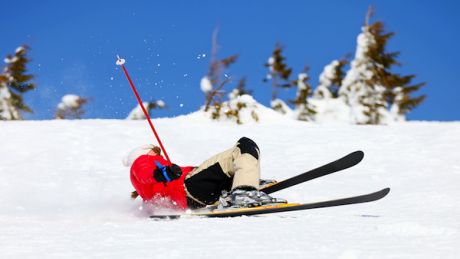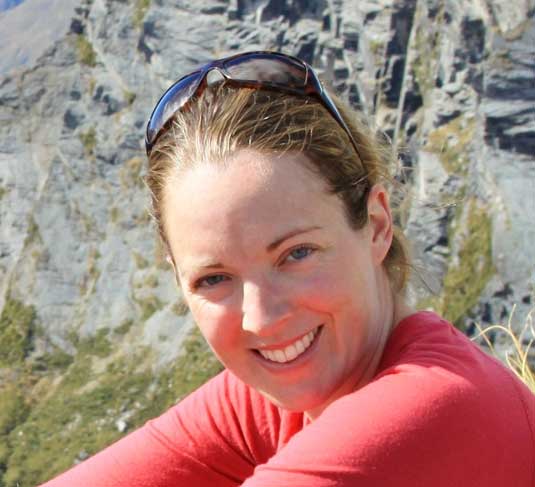How To Avoid Knee Pain When Skiing
Heading for the piste? Physio Lucy Macdonald explains what you can do to avoid common skiing-related knee injuries

Skiing is a difficult and dangerous sport, and that’s why we do it – the exhilaration when you pull off a tricky move or simply whizz down a mountain at high speeds. There’s not much you can do about pain from injuries resulting from a fall – it comes with the territory – but the most common pain skiers suffer is pain at the front of the knee, known as ‘anterior knee pain’, and that you can do something about. The most common cause of pain at the front of the knee is patella-femoral joint dysfunction, which you can learn more about here, but there are plenty of things you can do to prevent knee pain when skiing. If you are a snowboarder not a skier, we will be covering boarders in the next column.
Assess and correct your knee position
Stand in front of the mirror with your feet parallel and about hip-width apart – ie in a skiing position. Bend your knees. Imagine there is a dot in the centre of your kneecap and drop an imaginary plumb line down to the floor. The plumb line should land between your second or third toe. Almost everyone will find that one or both knees is ‘dropping in’, even professional skiers, and you may not realise it until you do this simple exercise. Poor alignment results in an imbalance in the forces going through the knee causing inflammation and pain around the kneecap and quadriceps tendons. Practise bending and straightening your knees with the corrected alignment, first in front of the mirror and then without it. Do at least 30 reps, gently, three or four times a day to retrain the movement pattern so that eventually it becomes your subconscious normal.
Don’t bend your hips excessively
The majority of skiers ‘sit down’ too much when they ski. This makes it a lot harder for the quads to work efficiently and puts excessive strain through the patella-femoral joint and tendons. To prevent this it helps to train your glutes. Deep squats are an excellent way to do this. It is also essential to practise the movement by standing side-on to a mirror and bending your knees so that the weight moves into the front of the feet – not straight down and certainly not backwards. Make sure you don’t look like you are about to sit down! Do at least 30 knee bends using the corrected knee/hip movement three or four times a day to retrain the movement pattern so that it becomes your subconscious normal.
Strengthen your quads
Most people know that strengthening quads is important but it is often overlooked that it’s specifically eccentric quads strength that is a vital component of skiing. This means the quads’ ability to slowly release the knee into a more bent ‘flexed’ position. The way to work the quads eccentrically is to stand on the end of a step and do single-leg knee bends off the step (with your legs in the correct ski alignment described above). Make sure your hips stay level and your knee drops over the centre of your foot, NOT inwards. Vertical split squats with the weight on the back leg are also excellent if performed correctly. Both can be progressed with weights in various forms and with increasing speed, but don’t increase speed or resistance until you can achieve perfect alignment with ease. Other ways of strengthening quads include cycling or spinning, squats and lunges. Make sure, though, that you train the quads with the hips and knees in a ski position so that you are working the right part of the muscles. Once you have mastered the correct alignment you can also introduce jumping up and down steps. Make sure you do them under the guidance of a personal trainer, physiotherapist or osteopath to avoid injury.
Sign up for workout ideas, training advice, reviews of the latest gear and more.

Lucy Macdonald has been a sports physiotherapist since 2004, with experience treating professional and amateur sports people including members of the GB ski and powerlifting teams.
